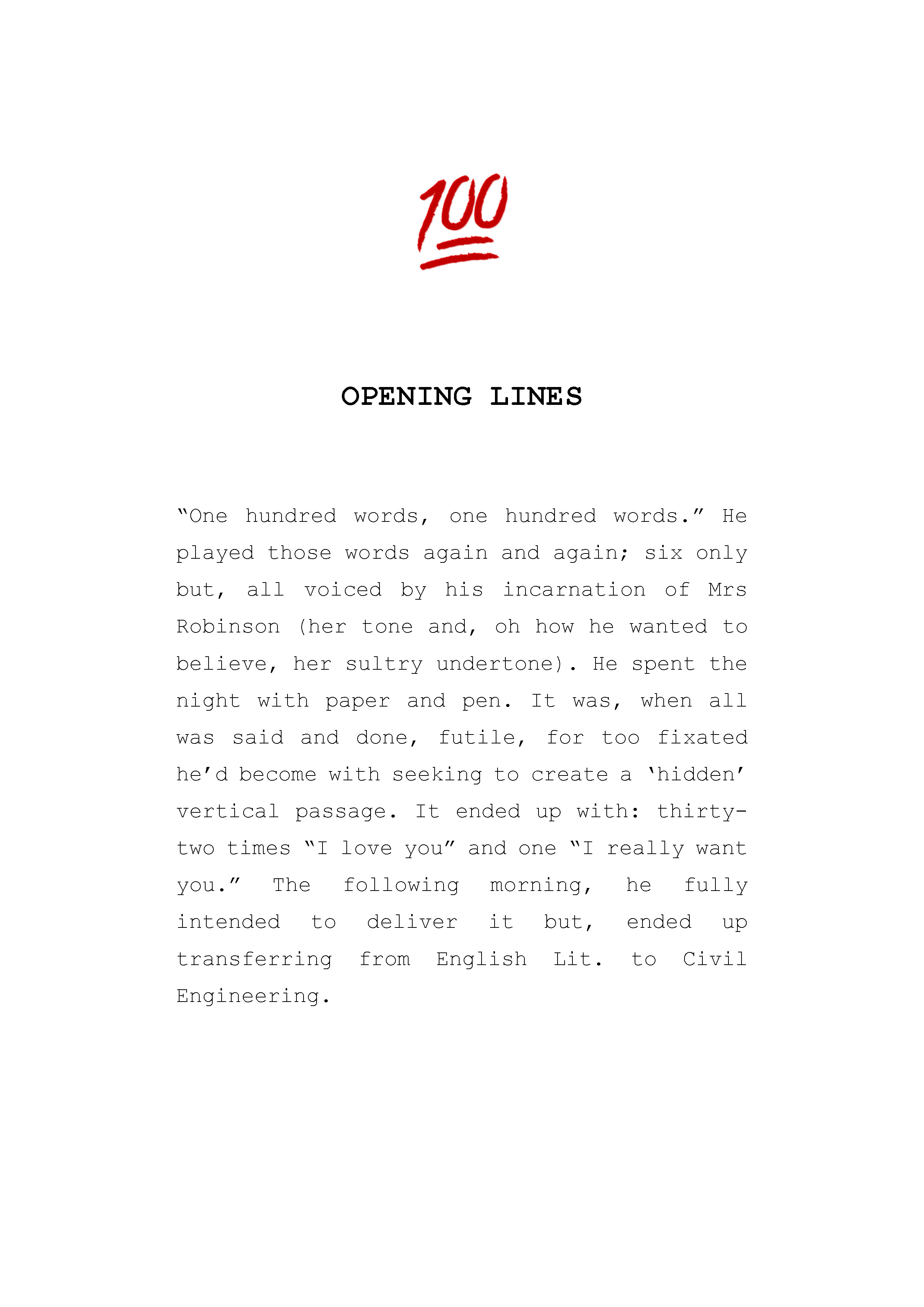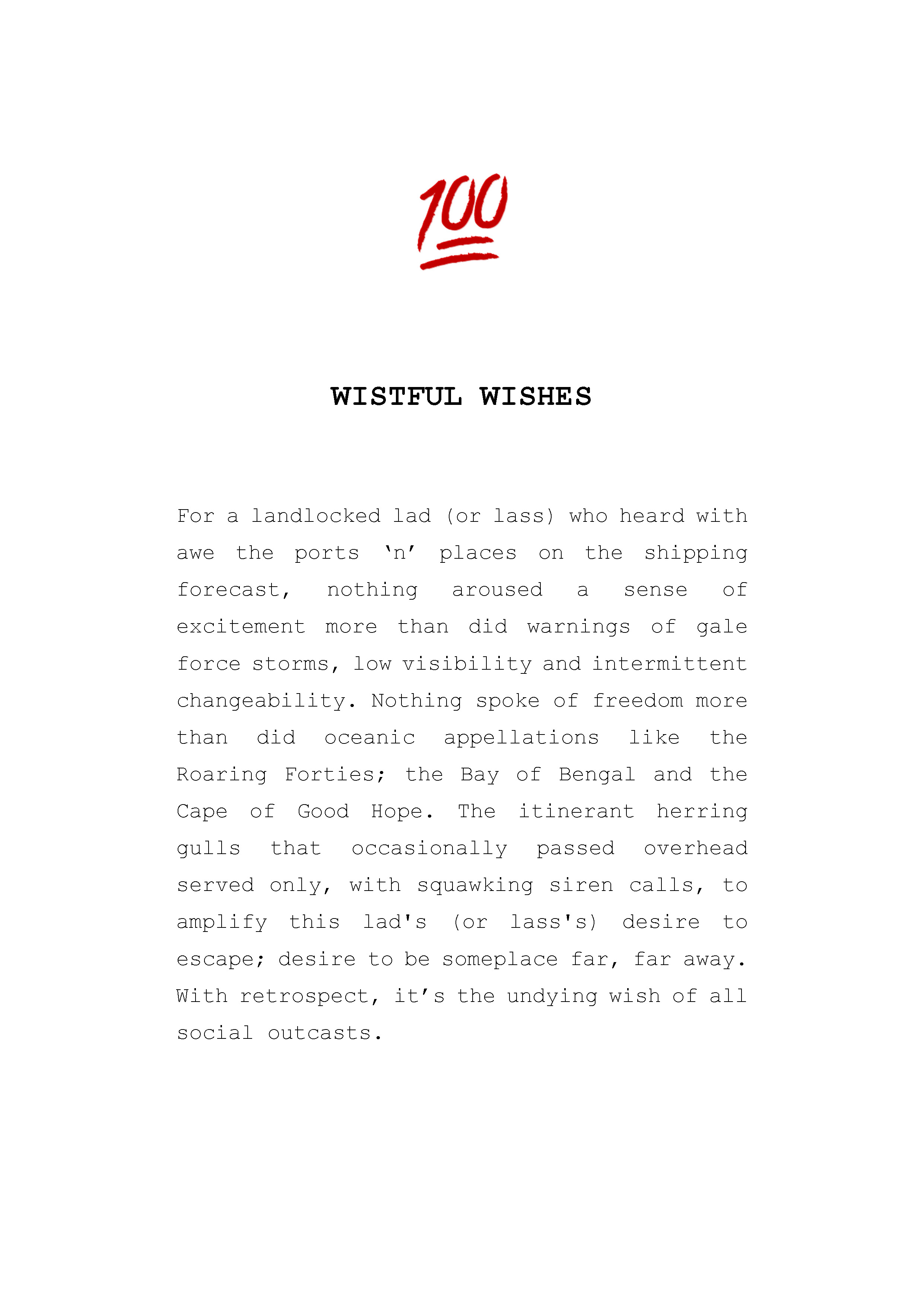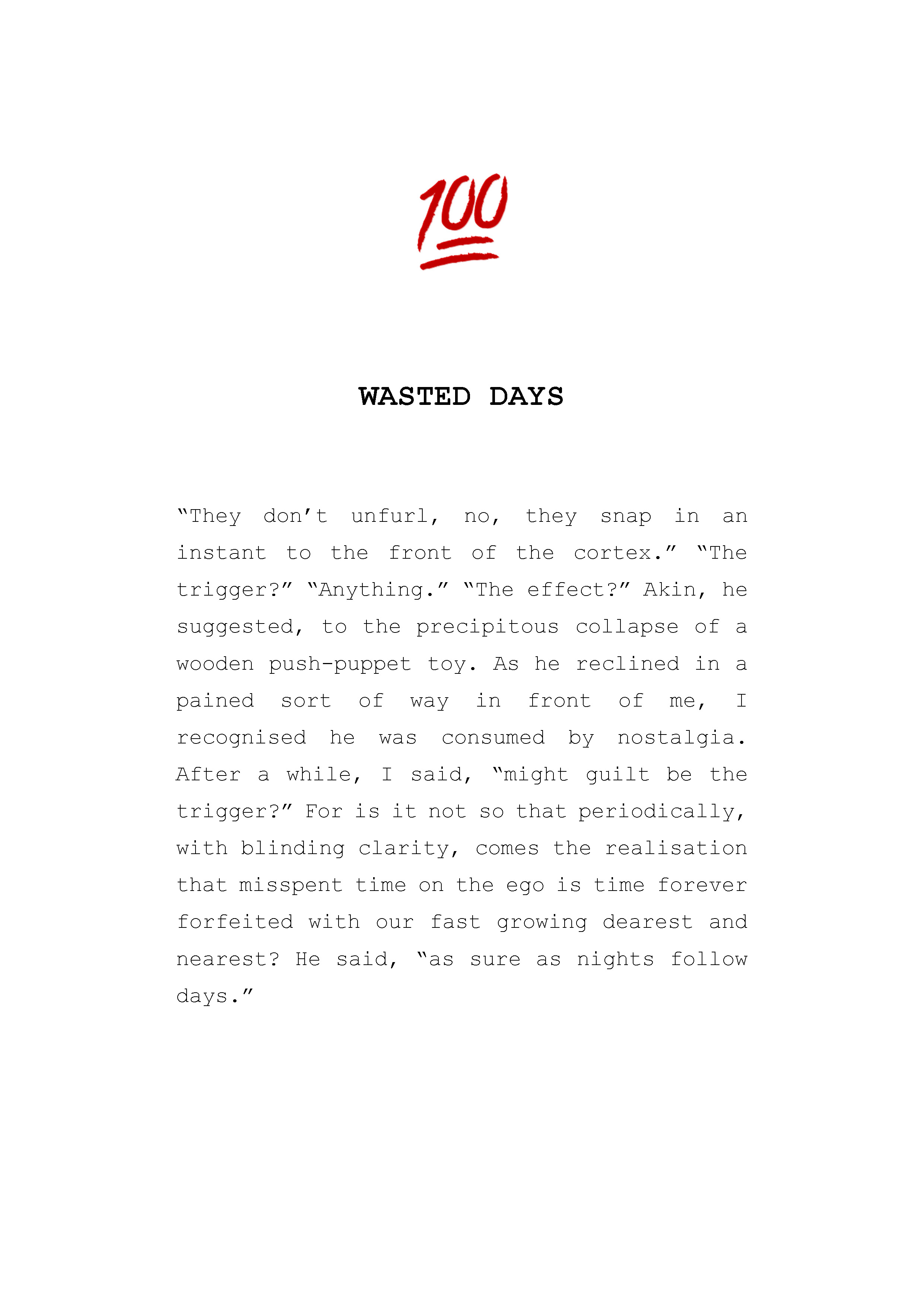Writing styles > Creative writing
Creative writing expresses feelings, emotions, personal thoughts and ideas, in an imaginative way rather than just as a means of conveying information. It is argued that by practicing one’s creative writing, their academic writing competencies will improve. This is because when you write creatively you have to manipulate the language in interesting and demanding ways in order to express uniquely personal sentiments.
Creative writing normally refers to the production of texts which have an aesthetic rather than a purely informative, instrumental or pragmatic purpose. Most often, such texts take the form of poems or stories, though they are not confined to these genres. (Letters, journal entries, blogs, essays, travelogues, etc. can also be more or less creative.) In fact, the line between creative writing (CW) and expository writing (ER) is not carved in stone. In general, however CW texts draw more heavily on intuition, close observation, imagination, and personal memories than ER texts.
One of the chief distinguishing characteristics of CW texts is a playful engagement with language, stretching and testing its rules to the limit in a guilt-free atmosphere, where risk is encouraged. Such writing combines cognitive with affective modes of thinking. As the poet, R.S. Thomas once wrote, ‘Poetry is that which arrives at the intellect by way of the heart.’ The playful element in CW should not, however be confused with a lax and unregulated use of language. On the contrary, creative writing requires a willing submission on the part of the writer to the ‘rules’ of the sub-genre being undertaken. If you want to write a Limerick, then you have to follow the rules governing limericks. If not, what you produce will be something other than a limerick: obvious, perhaps, but important too. The interesting thing is that the very constraints which the rules impose seem to foster rather than restrict the creativity of the writer. This apparent paradox is explained partly by the deeper processing of thought and language which the rules require.
Creative writing aids language development at all levels: grammar, vocabulary, phonology and discourse. It requires learners to manipulate the language in interesting and demanding ways in attempting to express uniquely personal meanings. In doing so, they necessarily engage with the language at a deeper level of processing than with most expository texts (Craik & Lockhart 1972). The gains in grammatical accuracy and range, in the appropriacy and originality of lexical choice, in sensitivity to rhyme, rhythm, stress and intonation, and in the way texts hang together are significant.
As mentioned above, a key characteristic of creative writing is a willingness to play with the language. In recent years there has been a resurgence of interest in the role of play in language acquisition (Carter 2004, Cook 2000, Crystal 1998). In some ways, the dominance of the Communicative Approach has done a disservice to language teaching by its insistence on the purely communicative functions of language. Proponents of ‘play’ point out, rightly, that in L1 acquisition, much of the language encountered by and used by children is in the form of rhythmical chants and rhymes, word games, jokes and the like. Furthermore, such playfulness survives into adulthood, so that many social encounters are characterized by language play (punning, spontaneous jokes, ‘funny voices’, metathesis, and a discourse which is shaped by quasi-poetic repetition (Tannen 1989). These are precisely the kinds of things L2 learners are encouraged to do in creative writing activities. This playful element encourages them to play creatively with the language, and in so doing, to take the risks without which learning cannot take place in any profound sense. As Crystal (1998) states, “Reading and writing do not have to be a prison house. Release is possible. And maybe language play can provide the key.”
Finally, creative writing is also found to feed into more creative reading. It is as if, by getting inside the process of creating the texts, learners come to understand intuitively how such texts function, and this makes similar texts easier to read. Likewise, the development of aesthetic reading skills (Kramsch 1993, Rosenblatt 1978), provides the learner with a better understanding of textual construction, and this feeds into their writing.






References
Carter, Ronald. (2004). Language and creativity: the art of common talk. London: Routledge.
Cszikszentmihalyi. M. ( 1997). Creativity: Flow and the psychology of discovery and invention. New York: Harper Perennial
Cook, Guy (2000). Language Play: Language Learning. Oxford: Oxford University Press.
Craik, F.I.M and R.S Lockhart (1972). Levels of processing: a framework for memory research. Journal of Verbal Learning and Verbal Behaviour. 11. 671-685.
Crystal, David (1998) Language Play. London: Penguin.
Kramsch, Claire (1993). Context and Culture in Language Teaching. Oxford: Oxford University Press.
Rosenblatt, Louise (1978) The Reader, the Text, the Poem. Carbondale, Illinois: Southern Illinois University Press.
Tannen, Deborah. (1989) Talking Voices: Repetition, dialogue, and imagery in conversational discourse. Cambridge: Cambridge University Press.



You must be logged in to post a comment.